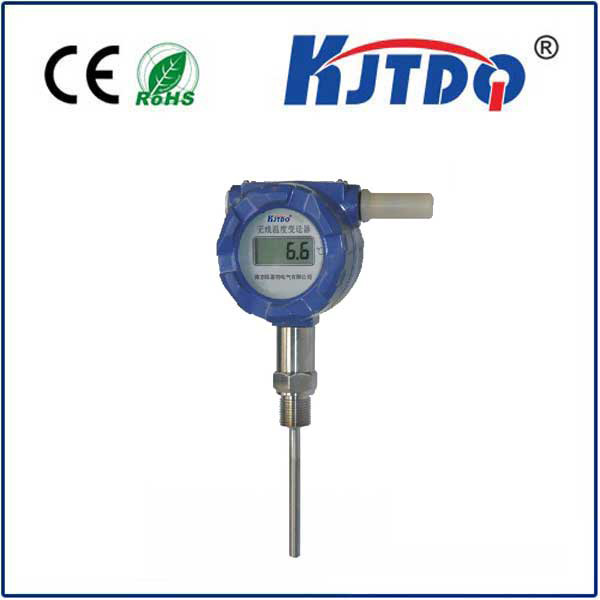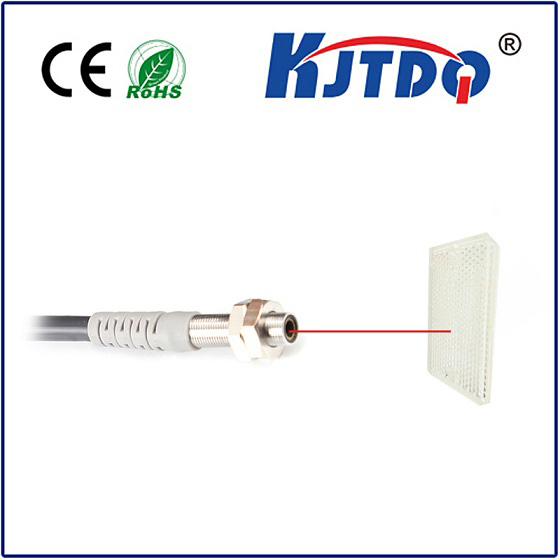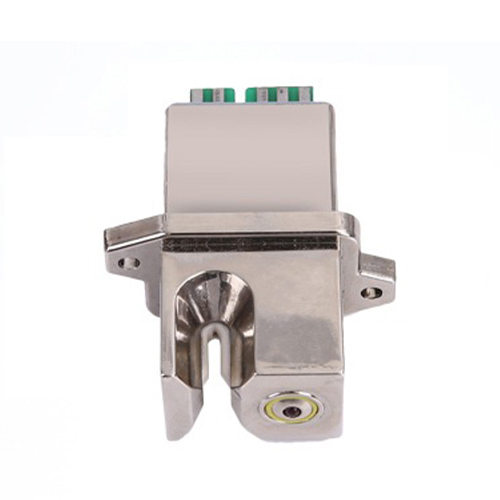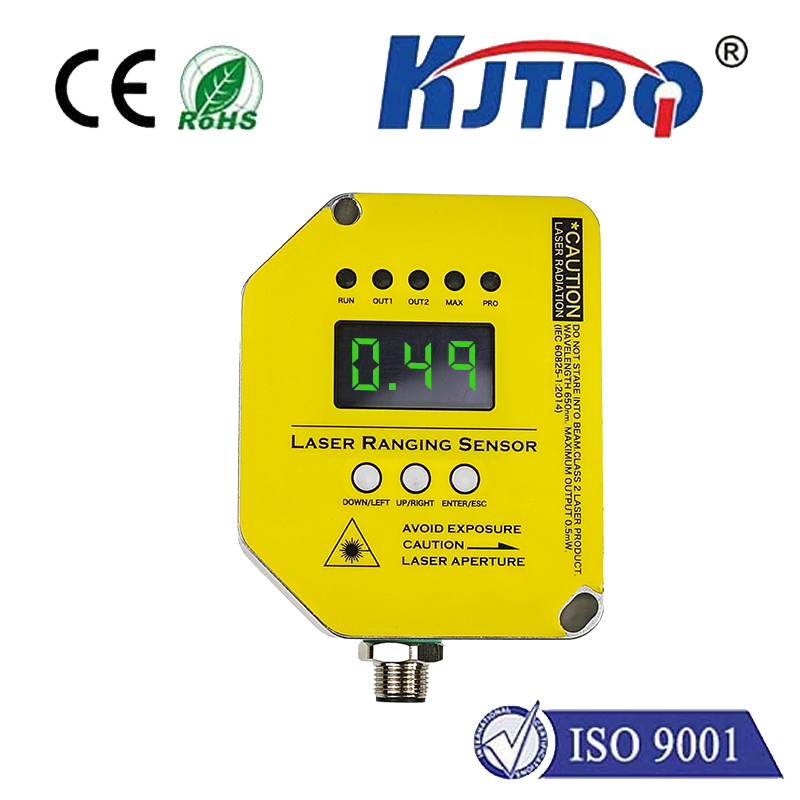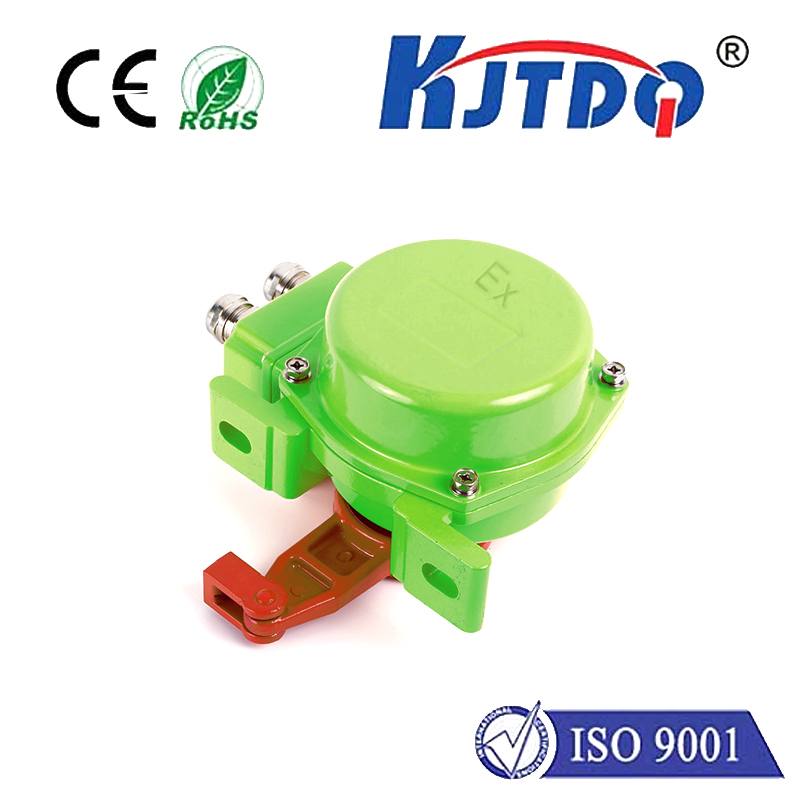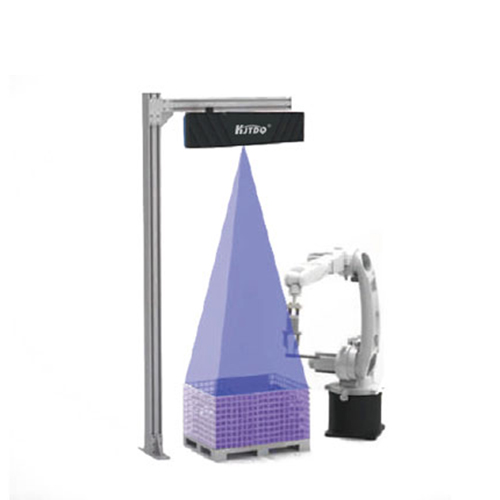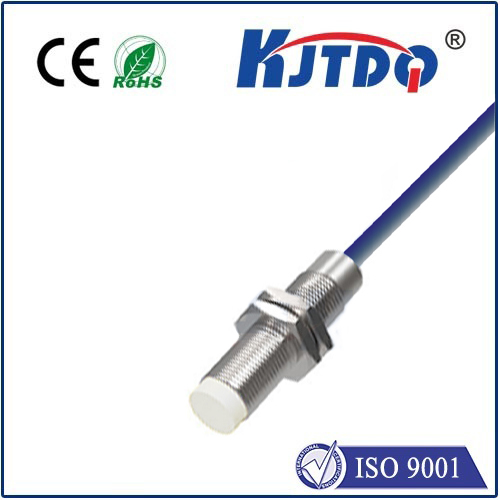coppeliasim proximity sensor
- time:2025-06-21 00:13:39
- Нажмите:0
Mastering Obstacle Detection: Your Guide to CoppeliaSim Proximity Sensors
For robotics developers and simulation enthusiasts, creating intelligent machines that safely navigate their environment is paramount. Real-world proximity sensors are essential hardware, but their development, testing, and iteration can be costly and time-consuming. This is where CoppeliaSim, the powerful robotic simulation platform, shines. Its built-in proximity sensor models provide a robust and risk-free environment to design, prototype, and perfect your robot’s perception systems long before physical components are ever touched. Understanding CoppeliaSim proximity sensors is fundamental to building capable virtual robots.
What is a CoppeliaSim Proximity Sensor?
Within the CoppeliaSim ecosystem, a датчик приближения is a virtual sensor designed to replicate the function of real-world devices like infrared (IR) sensors, ultrasonic sensors, laser rangefinders’ close-range functionality, or simple collision switches. Its primary purpose is to detect objects within a defined range and direction without requiring physical contact. Unlike vision sensors, proximity sensors typically provide simpler data: primarily, whether an object is present within a detection volume, and often, the distance to the closest detected surface.
These sensors work by simulating the emission of an invisible ray or cone-shaped volume. When this simulated detection volume intersects with a detectable object in the scene (based on object properties like “detectable” flag), the sensor registers a detection event. CoppeliaSim offers highly configurable settings to mimic the behavior of various real-world proximity sensor types.

Implementing Proximity Sensors in CoppeliaSim: Core Mechanics
Adding and configuring a датчик приближения in CoppeliaSim is a straightforward yet powerful process:
- Sensor Creation: Use the
Add menu or scripting functions (sim.createProximitySensor) to insert a sensor. Choose between ray-type (a single detection line) or pyramid-/cone-type (a conical detection volume) based on your needs.
- Precise Positioning & Orientation: Place the sensor precisely on your robot model using the translation/rotation tools or scripting. Its position and orientation relative to your robot chassis are critical for accurate simulation. Attach the sensor to a robot link for dynamic movement.
- Configuration is Key: Access the sensor’s properties dialog box (
Object Properties -> Common and Detection parameters) to define its core parameters:
- Detection Range: Set the maximum distance (minimum and maximum thresholds) the sensor can “see”.
- Detection Angle (Cone-type): Define the opening angle of the conical detection volume.
- Sensor Type: Choose between simulation (realistic, considers object properties like ‘detectable’) and collision (faster, detects any collidable surface).
- Object Types to Detect: Filter detection to specific entities like shapes, collections, dummies, etc. This allows ignoring irrelevant objects.
- Point Cloud Sampling: Configure parameters related to the granularity of surface detection within the cone (if enabled).
- Data Retrieval: Read the sensor’s state during simulation execution. Crucial data includes:
- Detection State: A boolean value (
sim.readProximitySensor) indicating if anything is detected within the defined volume/range.
- Detected Distance: The distance to the closest detected point (
sim.checkProximitySensor for more details).
- Detected Point: The 3D coordinates of the detected point on the object’s surface.
- Detected Object Handle: The unique identifier of the detected object.
- Detected Surface Normal Vector: The orientation of the detected surface.
Retrieving this data typically happens within a child script attached to the sensor or robot, using the sim.handleProximitySensor or sim.readProximitySensor API functions.
Pivotal Applications in Robotics Simulation
CoppeliaSim proximity sensors are indispensable tools across numerous robotics domains:
- Collision Avoidance: This is arguably the most common use. Sensors mounted on the robot’s front, sides, or rear continuously scan the environment. When an obstacle enters the detection zone, the robot’s control algorithm can trigger evasive maneuvers – stopping, turning, or slowing down – to prevent impact. Simulating this behavior is infinitely safer and cheaper than real-world testing.
- Localization & Mapping (SLAM Support): While primary localization often relies on scanners or cameras, proximity sensors provide vital supplementary data. They can detect nearby walls, furniture legs, or unexpected obstacles, acting as proximity beacons or correcting drift in odometry, particularly in structured environments.
- Simple Object Detection & Counting: For tasks like line following (detecting edge drop-offs), or basic pick-and-place where distinguishing between objects isn’t required, proximity sensors offer a low-computational cost solution. They can detect the presence of an object within a gripper or at a specific location.
- Navigation & Path Following: AGVs (Automated Guided Vehicles) often use proximity sensors for safe corridor navigation, doorway crossing, and maintaining distance from walls or other vehicles. Simulating fleet coordination heavily relies on robust proximity sensing.
- Human-Robot Interaction (HRI) Safety: Creating virtual safety zones around robots using proximity sensors allows simulation of emergency stops or speed reductions when a human (or object representing one) encroaches on a predefined hazardous area. This is crucial for collaborative robot (cobot) application development.
The Compelling Advantages of Simulating Proximity Sensing
Leveraging CoppeliaSim proximity sensors offers significant benefits over solely relying on physical hardware:
- Cost Efficiency: Eliminate the expense of purchasing, potentially damaging, and replacing physical sensors during the design and testing phases.
- Rapid Prototyping & Iteration: Test countless sensor placements, angles, types, and detection parameters within minutes. Want to see the effect of a wider cone angle or longer range? Just change a value and re-simulate. This accelerates the design cycle dramatically.
- Perfect Control & Repeatability: The simulation environment is deterministic. You can recreate identical scenarios perfectly every time, allowing for reliable testing and comparison of different sensor configurations or algorithms. Factors like lighting, dust, or sensor noise (unless explicitly modeled) are eliminated.
- Risk Elimination: Safely test aggressive maneuvers, obstacle collisions, or edge-case scenarios that would be dangerous or destructive with a physical robot. Push your algorithms to the limit without consequences.
- Complex Scenario Simulation: Test robots in environments that are difficult, expensive, or impossible to recreate physically – disaster zones, planetary surfaces, underwater, or densely cluttered factories.
- Algorithm Integration: Seamlessly integrate sensor readings into your robot’s control scripts. Develop sophisticated logic like sensor fusion (combining proximity data with vision or inertial data) entirely within CoppeliaSim before deploying to real hardware.
- Parameter Exploration: Easily experiment with sensor characteristics like range, noise levels, update rates, or field of view to find the optimal setup for your specific application. Understand how sensor limitations affect overall robot performance.
Embrace Virtual Perception
CoppeliaSim proximity sensors are not just simplified tools; they are sophisticated virtual components essential for bringing autonomy and safety to simulated robots. By mastering their configuration, implementation, and data interpretation, developers gain unparalleled flexibility in designing and validating robotic perception systems. Whether you’re building a simple obstacle-avoiding rover or a complex collaborative manufacturing cell, leveraging these virtual sensors within CoppeliaSim provides the efficiency, safety, and iterative power needed to accelerate development and achieve robust robotic performance. Dive into the simulation, place your sensors, and start navigating your virtual worlds with confidence.


